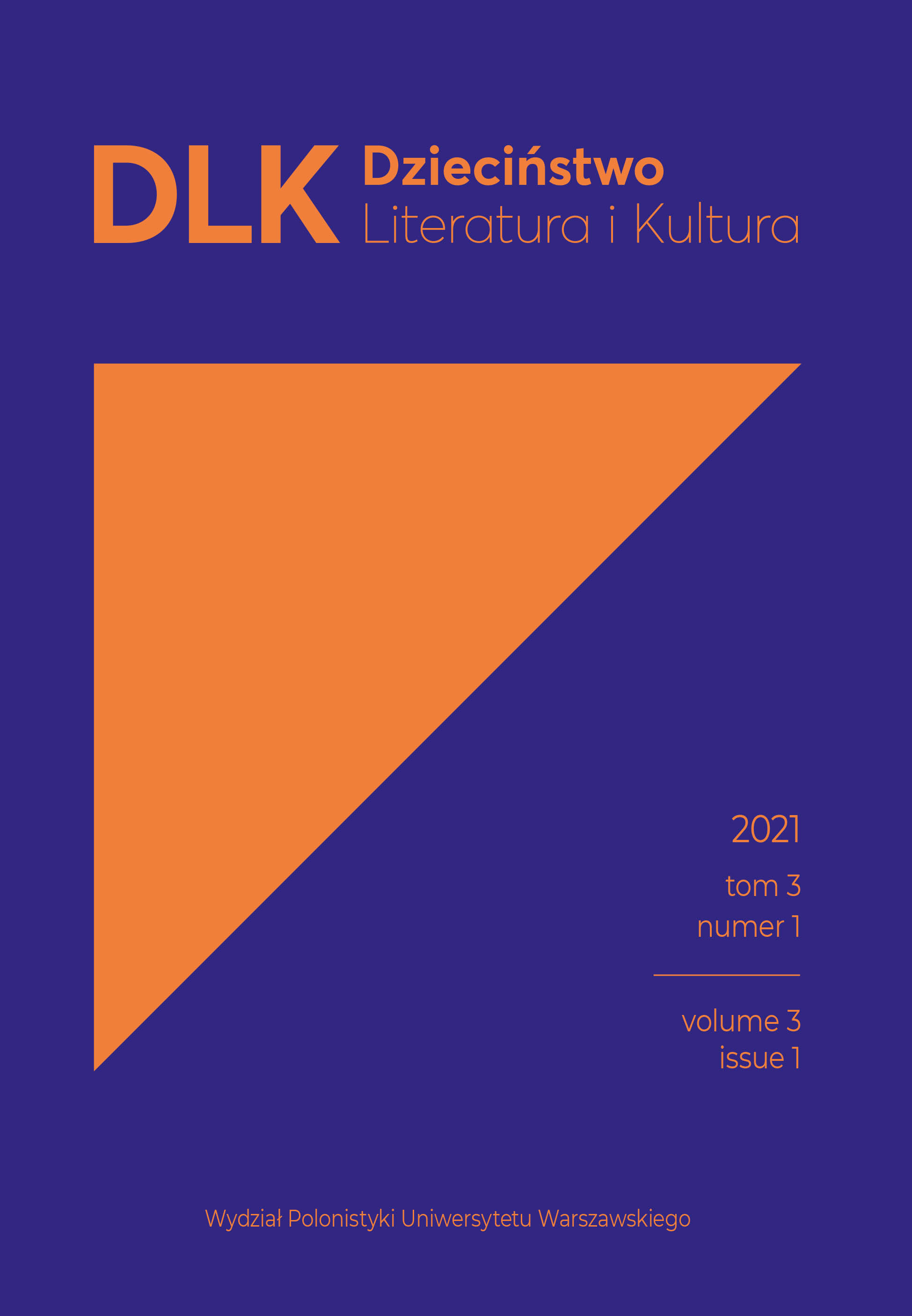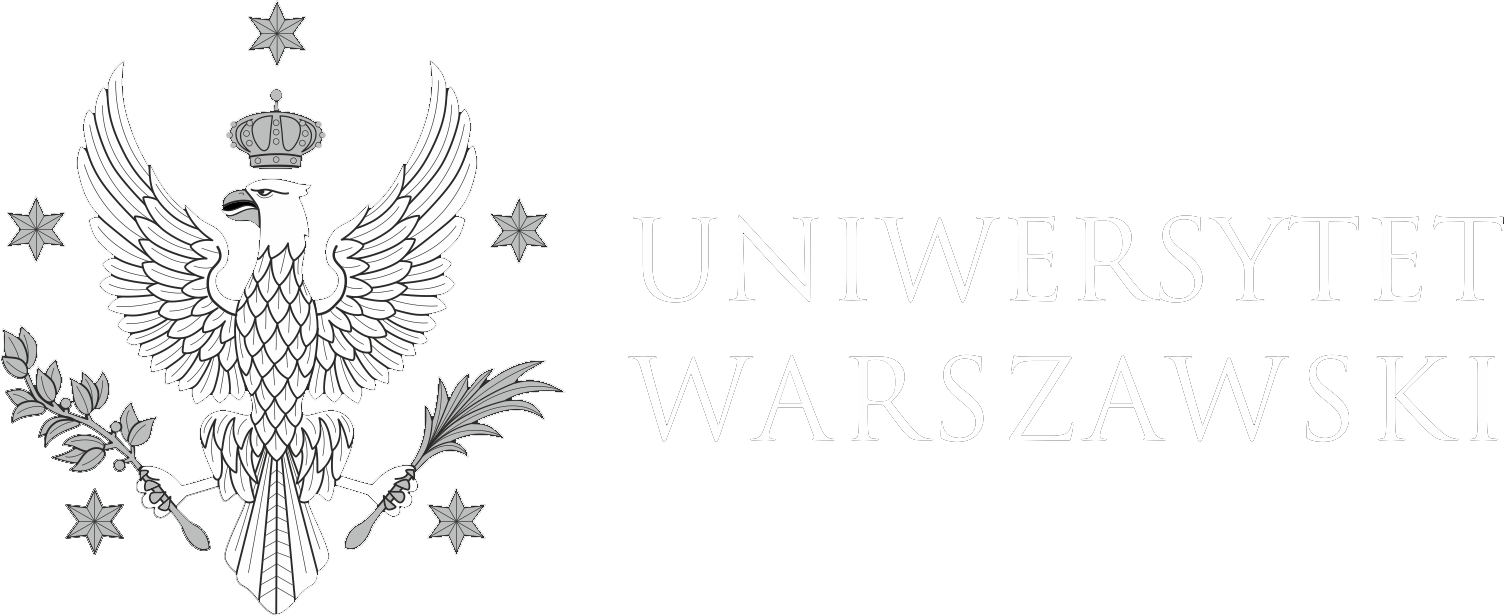Why Are They So Afraid of Children’s Books? The Subversive Power of Imagination (Part 1)
Abstract
The article discusses the subversive power of children’s books as it is expressed in many classical and contemporary works for young readers. Starting with a brief psychological explanation of the source of creativity and playfulness in children’s literature, the author uses a Bakhtinian approach in analysing the carnivalesque quality of these books in their ability to create a topsy-turvy world, to use ‘a festive laughter,’ to present grotesque bodily transformations, and to discuss the lower stratum bodily functions such as food consumption and excretion. Many adults often underestimate the power of children’s literature, and at the same time, some books are considered dangerous; therefore, they need to be protected from various attempts to censor or to ban them as unappropriated for children.
Keywords
banned books; carnivalesque; censorship; children’s and young adult literature; Mikhail Bakhtin; subversiveness
References
American Library Association (1996–2019). 100 most frequently challenged books: 1990–1999. Retrieved from http://www.ala.org/advocacy/bbooks/100-most-frequently-challenged-books-1990–1999.
Bakhtin, M. (2009). Rabelais and his world (H. Iswolsky, trans.). Bloomington, IN: Indiana University Press. (Original work published 1965).
Barrie, J. M. (1911). Peter and Wendy. London: Hodder & Stoughton.
Barrie, J. M. (Writer), Boucicault, D. (Director), Frohman, C. (Producer). (1904, December 27). Peter Pan, or the boy who would not grow up. Live performance at the Duke of York’s Theatre, London.
Baum, L. F. (1900). The wonderful Wizard of Oz. Chicago, IL: George M. Hill Company.
Beckett, S. L. (2011). Crossover literature. In P. Nel & L. Paul (Eds.), Keywords for children’s literature (p. 58). New York, NY & London: New York University Press.
Belova, A. (2018). Vse delai͡ut ėto. Moskva: Samokat.
Berne, E. (1964). Games people play: The psychology of human relationships. New York, NY: Grove Press.
Blume, J. (1970). Are you there God? It’s me, Margaret. Englewood Cliffs, NJ: Bradbury Press.
Bukhina, O. (2016). Gadkiĭ Utenok, Garri Potter i drugie. Putevoditel’ po detskim knigam o sirotakh. Moskva: KompasGid.
Bukhina, O. (2019, September 25). Russian Samizdat, children’s literature, and the sunset years of the Soviet empire. ChLA International Committee Blog. Retrieved from https://childlitassn.wixsite.com/intlcommittee/single-post/2019/09/25/Russian-Samizdat-Children’s-Literature-and-the-Sunset-Years-of-the-Soviet-Empire.
Carroll, L. (1865). Alice’s adventures in Wonderland. London: Macmillan.
Collins, S. (2008). The Hunger Games. New York, NY: Scholastic Press.
Collins, S. (2009). Catching fire. New York, NY: Scholastic Press.
Collins, S. (2010). Mockingjay. New York, NY: Scholastic Press.
Dahl, R. (1988). Matilda. London: Jonathan Cape.
Daniel, C. (2006) Voracious children: Who eats whom in children’s literature. New York, NY: Routledge.
Donaldson, J. (2005). The Gruffalo. New York, NY: Dial Books for Young Readers. (Original work published 1999).
Dr. Seuss (1985). The Cat in the Hat. New York, NY: Random House. (Original work published 1957).
Freud, S. (1990). New introductory lectures on psychoanalysis. New York, NY & London: W. W. Norton. (Original work published 1933).
Givargizov, A. (n.d.). Novai͡a detskai͡a literatura. Retrieved from https://www.labirint.ru/top/egmont/.
Goudge, E. (2001). The little white horse. London: Puffin Books. (Original work published 1946).
Gribben, A. (Ed.). (2011). Mark Twain’s Adventures of Tom Sawyer and Huckleberry Finn: The NewSouth edition. Montgomery, AL: NewSouth Books.
Griswold, J. (1992). Audacious kids: Coming of age in America’s classic children’s books. New York, NY & Oxford: Oxford University Press.
Handy, B. (2017). Wild things: The joy of reading children’s literature as an adult. New York, NY: Simon & Schuster.
Hanks, T., Goetzman, G., Sendak, M., Carls, J., Landay, V. (Producers), & Jonze, S. (Director). (2009). Where the Wild Things are [Motion picture]. United States: Warner Bros.
Hardinge, F. (2015). The lie tree. London: Macmillan.
Harris, J. C. (1880). Uncle Remus: His songs and his sayings. New York, NY: D. Appleton and Company.
Hearn, M. P. (1986, November 9). Ferdinand the Bull’s 50th Anniversary. The Washington Post. Retrieved from https://www.washingtonpost.com/archive/entertain-ment/books/1986/11/09/ferdinand-the-bulls-50th-anniversary/3325d6dc-cc68-4be7-9569-408439896098/.
Holzwarth, W., & Erlbruch, W. (2007). The story of the little mole who went in search of whodunit. New York, NY: Harry N. Abrams. (Original work published 1989).
Kelly, J. (2009). The evolution of Calpurnia Tate. New York, NY: Henry Holt.
Le Guin, U. K. (2009). Cheek by jowl: Talks and essays on how and why fantasy matters. Seattle, WA: Aqueduct Press.
Leaf, M. (1936). The story of Ferdinand. New York, NY: Viking Press.
Lewis, C. S. (1950). The lion, the witch and the wardrobe. London: Geoffrey Bles.
Lewis, C. S. (1951). Prince Caspian. London: Geoffrey Bles.
Lewis, C. S. (1952). The voyage of the Dawn Treader. London: Geoffrey Bles.
Lewis, C. S. (1953). The silver chair. London: Geoffrey Bles.
Lewis, C. S. (1954). The horse and his boy. London: Geoffrey Bles.
Lewis, C. S. (1955). The magician’s nephew. London: The Bodley Head.
Lewis, C. S. (1956). The last battle. London: The Bodley Head.
Lindgren, A. (1988). Pippi Longstocking (F. Lamborn, trans.). London: Puffin Books. (Original work published 1945).
Lowry, L. (1992). The Giver. New York, NY: Houghton Mifflin.
Lurie, A. (1998). Don’t tell the grown-ups: The subversive power of children’s literature. Boston, MA, New York, NY, Toronto, & London: Back Bay Book.
Mallan, K. (2012). Strolling through the (post)modern city: Modes of being a flaneur in picture books. The Lion and the Unicorn, 36(1), 56–74.
Mayne Reid, T. (1852). The Boy Tar, or a voyage in the dark. London: Ticknor and Fields.
independent scholar United States
https://orcid.org/0000-0002-6187-8074
Olga Bukhina – MA, is a translator, writer, and independent scholar. Her research interests include American and Russian children’s literature, the images of orphans and death in children’s books, and the history of translation of children’s literature. Contact: bukhina.olga@gmail.com.

This work is licensed under a Creative Commons Attribution 4.0 International License.
Open Access Policy
All articles presented on the pages of ”Dzieciństwo. Literatura i Kultura” are published in open access under a Creative Commons license - Attribution 4.0 International (CC BY 4.0). It means that:
- they can be made available and quoted under the condition of explicit and clear indication of the author/authors of the referenced text;
- you cannot use legal or technological means that would limit others in using the text under the terms of the license.
More information: https://creativecommons.org/licenses/by/4.0/





